#echinoderms
Text
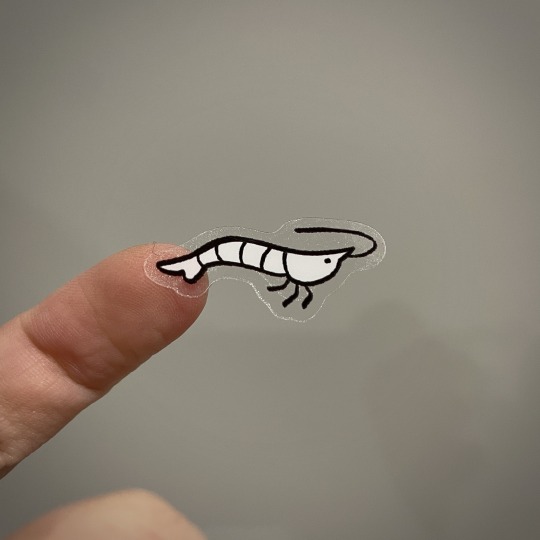
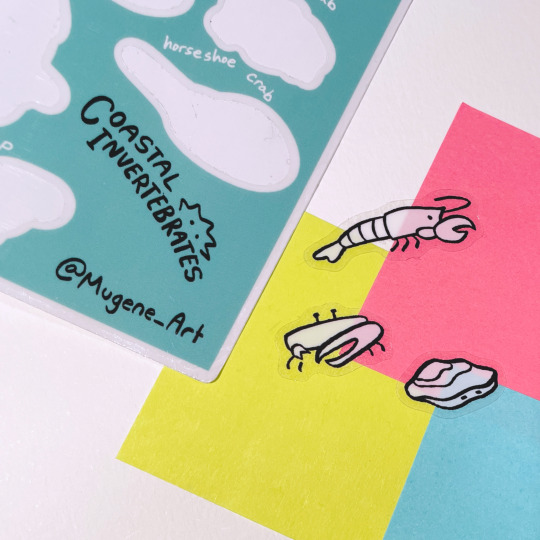

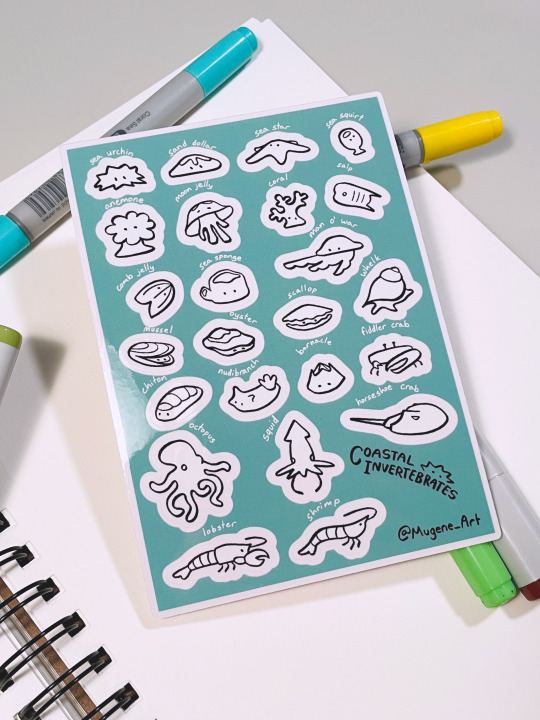
#marine invertebrates#marine biology#invertebrates#shrimp#horseshoe crab#nudibranch#coral#squid#sea anemone#cnidarians#echinoderms#crustacean#mollusk#molluscs#tunicate#sea creatures#sea animals#biology#sticker sheet#stickers#clear stickers#artists on etsy#artists on tumblr#mu's wares
681 notes
·
View notes
Text

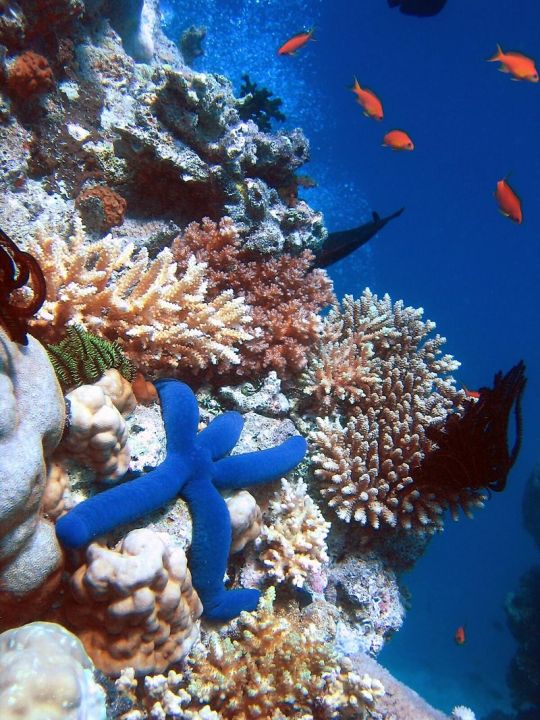
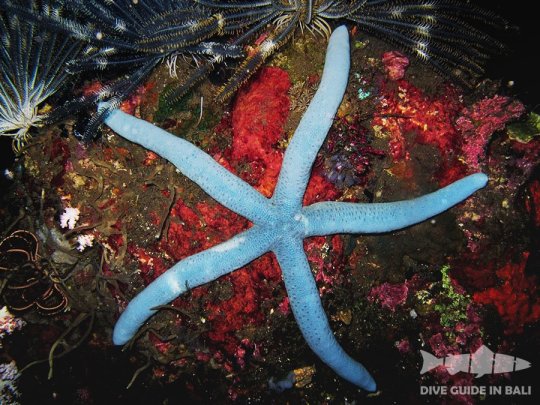


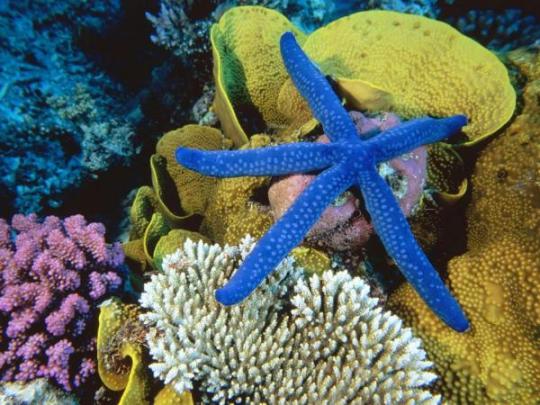




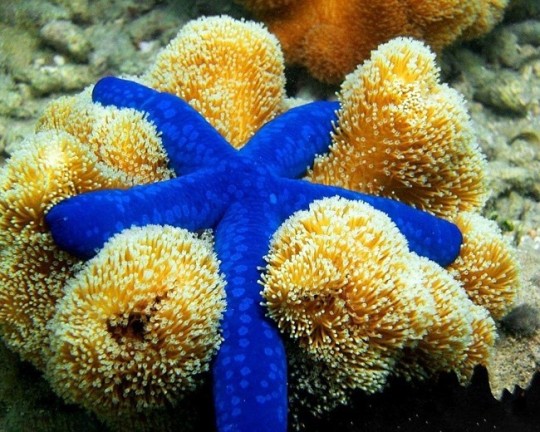
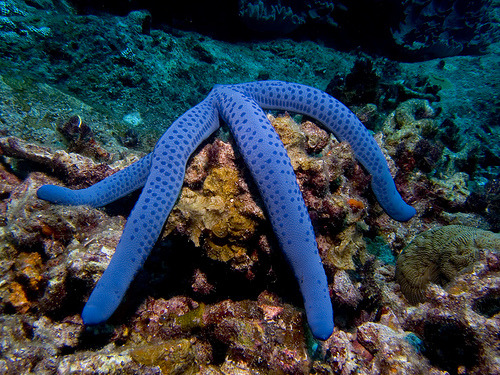
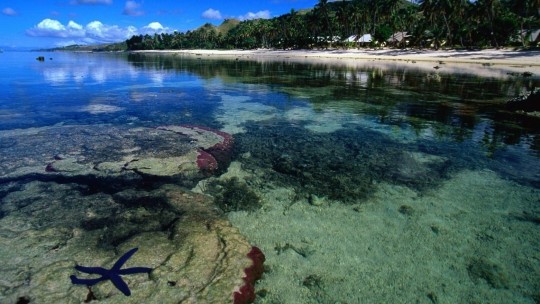
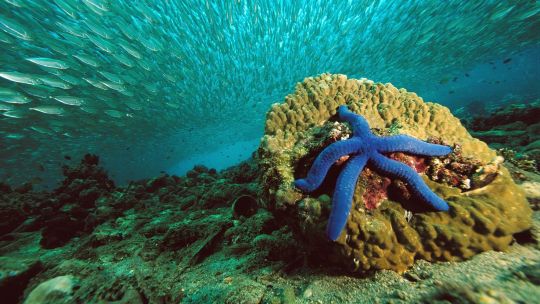
Морская звезда линкия синяя
Linckia Laevigata (: Blue star fish)
Ярко-синяя морская звезда (пигмент линкиацианин) с пятью длинными цилиндрическими лучами. Вырастает до 30—40 см в диаметре. Ярко окрашенное тело защищено твердым известковым скелетом, состоящим из подвижных пластин. Еще одной защитой морской звезды являются шипы, бугорки или иглы, расположенные на верхней стороне тела.. Обитает в водах от западной части Индийского океана до юго-восточной Полинезии в Тихом океане.
Эта звезда встречается в закрытых лагунах, на рифовых плато и на внешних стенках рифов, от приливно-отливной зоны до глубин 25-30 м, хотя иногда встречается также и на глубине до 50 м. Особи, обитающие на мелководье, обладают лазурной или сиреневой окраской, иногда с более темным крапом. Звезды с больших глубин обычно окрашены не так ярко, они бывают сероватых, желтоватых или розоватых оттенков.Предпочитает жить поодиночке, ведя преимущественно ночной образ жизни. В отличие от других родов морских звезд, размножается особым бесполым способом. Самопроизвольно отломившийся луч отползает в сторону, и из него развивается новая морская звезда. У материнской особи на месте утерянной руки вырастает новая.
A bright blue starfish (linkiacyanin pigment) with five long cylindrical arms. Grows up to 30-40 cm in diameter. The brightly colored body is protected by a hard calcareous skeleton consisting of movable plates. Another defense of the starfish is the spines, tubercles or spines located on the upper side of the body. It lives in waters from the western Indian Ocean to southeastern Polynesia in the Pacific Ocean.
This star is found in enclosed lagoons, on reef plateaus and on the outer walls of reefs, from the intertidal zone to depths of 25-30 m, although sometimes also found at depths of up to 50 m. Specimens found in shallow waters are azure or lilac in color , sometimes with darker specks. Stars from great depths are usually not so brightly colored; they are grayish, yellowish or pinkish. They prefer to live alone, being predominantly nocturnal. Unlike other genera of starfish, it reproduces in a special asexual way. The spontaneously broken off ray crawls to the side, and a new starfish develops from it. The maternal individual grows a new one in place of the lost one.
Источник:/allviet.ru/animals/blue-star-fish.html,
telegram Океан, http://akvariumnye-ribki.ru/?do=shop&item=3569,
/aquastatus.ru/viewtopic.php?t=25515,
/ru.wikipedia.org/wiki/Линкия,
http://ru.diveguideinbali.com/news/19-interesnye-fakty-morskie-zvezdy.html,
/akvarium-moskva.ru/akvariumnye_obitateli/morskie-zvezdy.html,
akvarium.org/invertebrates/asteroidea/linckia-laevigata/,
/ru.wallpaper.mob.org/pc/image/animal-starfish-205649.html
#video#animal video#marine life#marine biology#nature#aquatic animals#underwater#echinoderms#starfish#ocean view#ocean#waves#reef#seaweed#sand#animal photography#nature aesthetic#видео#фауна#природ��аякрасота#природа#океан#иглокожие#морская звезда#Линкия#волны#риф#кораллы#водоросли#песок
636 notes
·
View notes
Text

Reptiles, Amphibia, Fishes and Lower Chordata. Written by Richard Lydekker and others. Published in 1912.
Internet Archive
191 notes
·
View notes
Text
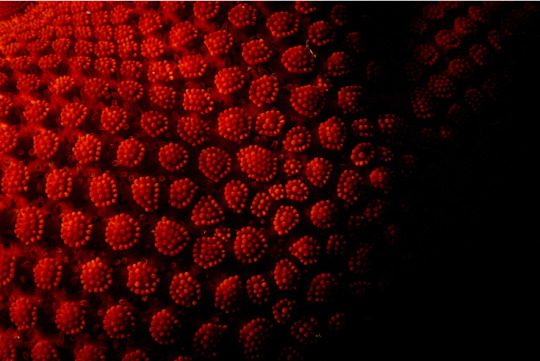
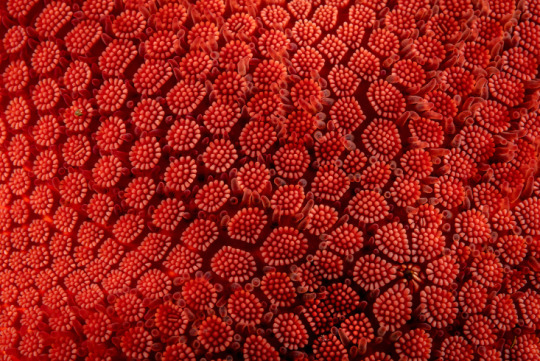

Close-up of the skin of a vermillion sea star (Mediaster aequalis)
Photos by Shane Gross
#Mediaster aequalis#Mediaster#sea star#vermillion sea star#marine#sea#marine life#marine invertebrates#ocean#echinoderms#echinodermata#red#red sea star#animals#wildlife#macro photography#nature
356 notes
·
View notes
Text
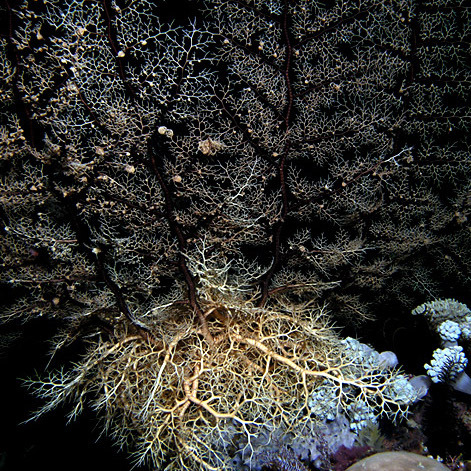
A basket star (Astroboa granulatus) unfurling at night to feed on plankton in East Timor
by Nick Hobgood
#basket stars#brittle stars#echinoderms#astroboa granulatus#astroboa#Gorgonocephalidae#Phrynophiurida#Ophiuroidea#echinodermata#wildlife: east timor#wildlife: asia
142 notes
·
View notes
Text
Uncharismatic Fact of the Day
Why do starfish always win? Because they're a-head! A new study of starfish genes has revealed that what we thought were arms are actually just extensions of the starfish's head, each containing DNA corresponding to various areas of the brain. This suggests that, at some point in their evolution sea stars had a torso, but lost it and became only disembodied heads. You can read more about this fascinating discovery here!

(Image: The star of the discovery, the bat starfish (Patiria miniata) by Olivia Johnson)
If you like what I do, consider leaving a tip or buying me a ko-fi!
152 notes
·
View notes
Text
Echinoderms (starfish, urchins, sea cucumbers) are more closely related to vertebrates than mollusks (octopi, snails, clams).
Mollusks are more closely related to arthropods (bugs, crustaceans) than vertebrates.
I've literally never given this any thought in the past, but I'm still surprised.
#taxonomy#phylogeny#evolution#biology#evolutionary history#mollusks#vertebrates#arthropods#echinoderms#life
637 notes
·
View notes
Text
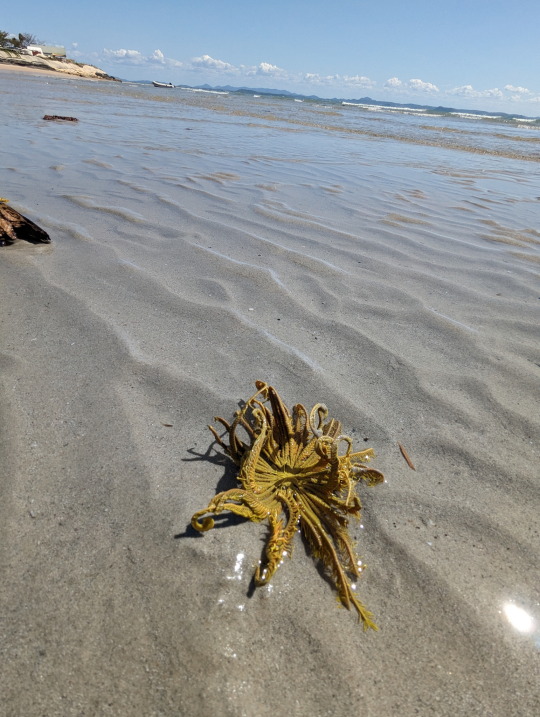
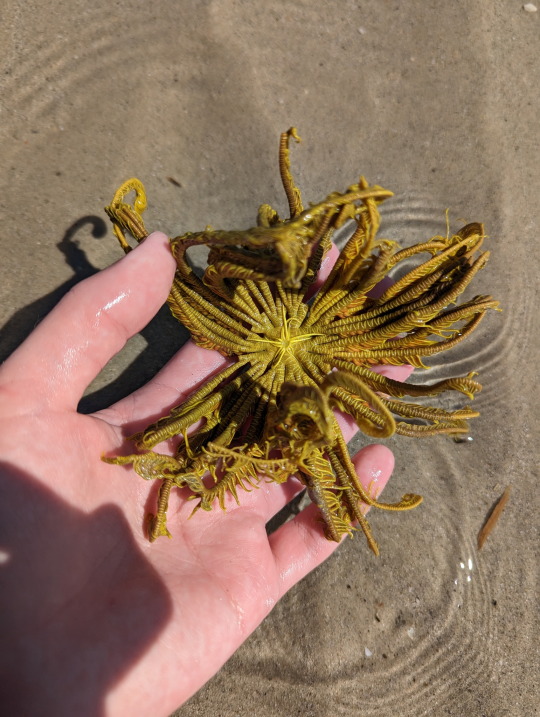
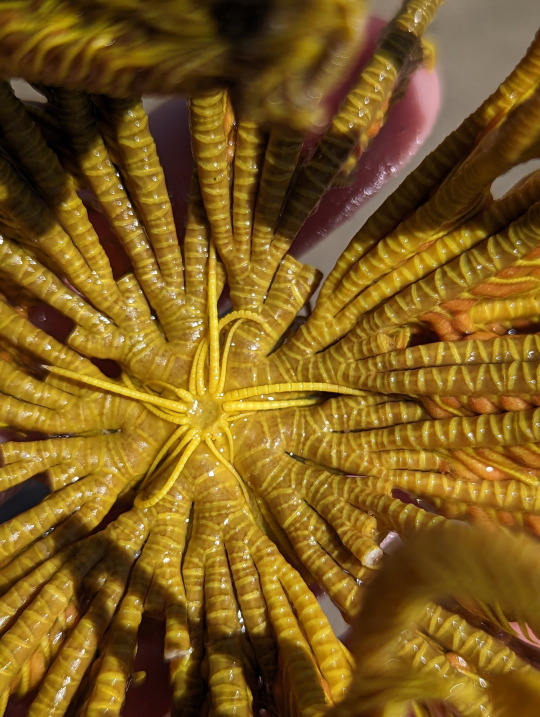



Washed up Echinoderm, currently identified as a sea lilly.
13/09/23 - Comasterini sp.
QLD:CQC - Woppa (Great Keppel Island), ocean shore
#invertebrates#invertblr#Comasterini#Comatulida#Feather Stars#Crinozoa#Sea Lilies#Echinodermata#Echinoderms#unidentified#dead tw
96 notes
·
View notes
Text
Taxonomy Tournament: Echinoderms
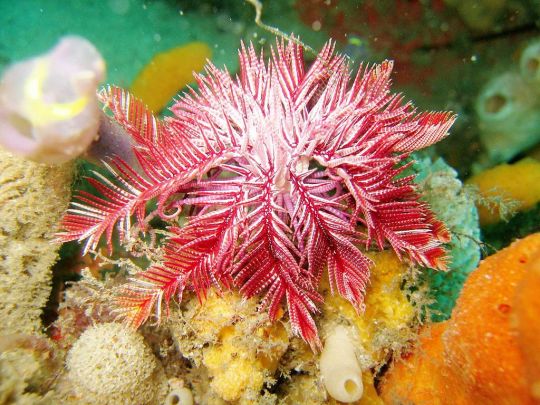
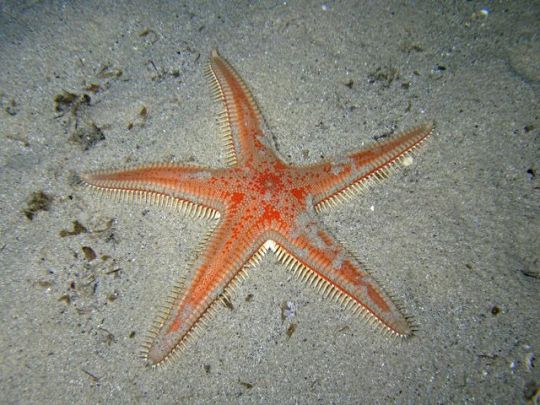
Articulata. This class is made up of sea lilies, which have a stalk an attach themselves to substrate in their adult forms, and feather stars, which are free-moving. They feed using arms with feathery pinnules.
Asteroids. This class is made up of starfish, seabed invertebrates most of which predate on smaller benthic invertebrates. They are capable of regenerating lost limbs.
#animals#biology#polls#poll tournament#zoology#sea lilies#echinoderms#starfish#Articulata#Asteroids#0x5v0x7a
60 notes
·
View notes
Text



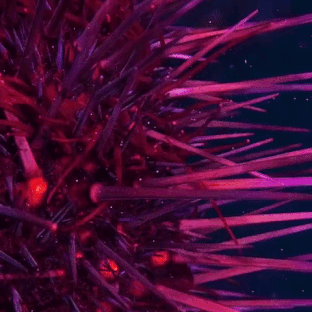
pacific purple sea urchin (strongylocentrotus purpuratus) | source
#pacific purple sea urchin#strongylocentrotus purpuratus#sea creatures#stim#sfw#echinoderms#red#magenta#purple#black#underwater#animals#ishy gifs#postish
290 notes
·
View notes
Text

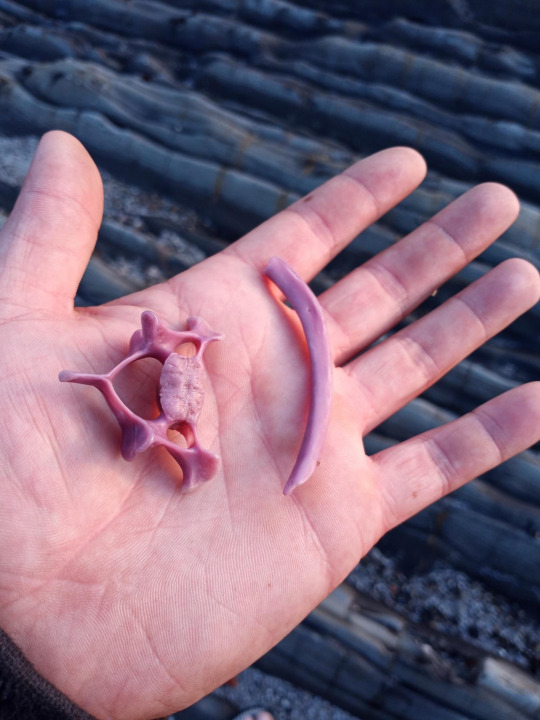

earth fact time. some sea otters have purple bones! some sea otters like to eat purple sea urchins so much and they eat so many that it stains their teeth and bones purple! usually it's just a few teeth, but sometimes it's their entire skeleton. this is called echinochrome staining, and sometimes eating too many carrots can cause a similar effect in humans.
ca.gov | researchgate | andronowski lab
photos: jenna n winer | @/snowhorseJ (xitter) | aron sanchez
#aquatic#earthposting#facts!#biology#marine biology#marine life#sea life#zoology#marine animals#sea animals#mammals#marine mammals#weasel family#otters#sea otter#echinoderms#sea urchins#earth fact no. 14
61 notes
·
View notes
Text
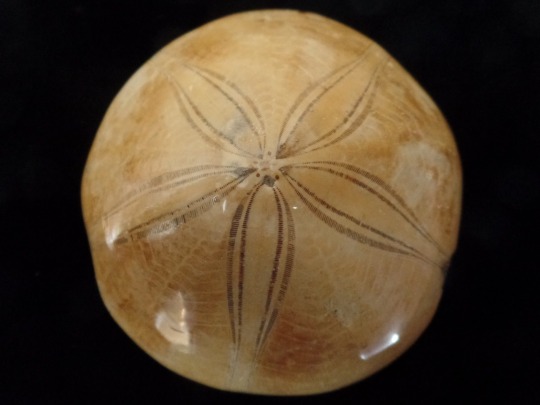
This is an 80 million years old fossilized sea urchin (echinoderm) from Madagascar 🇲🇬. Visit our Etsy shop to view our selection.
https://nomadicspiritjewelry.etsy.com/
#echinoderms#echinoderm#crystalshop#crystalgems#crystalporn#crystalhealing#crystallove#crystals#minerals#rockhound#rocks#geology#gemstone#gem#gems#gemstones#jewelryforsale#jewelryshop#jewel#jewlery#jewels#etsysellersofinstagram#etsygifts#etsyjewelry#etsystore#etsylove#etsyseller#etsyshop#etsyfinds#etsy
51 notes
·
View notes
Text

Beef Sells Sea Shells Batch 6
These guys are priced individually! Listed below:
Sea Pig: $20
Sand Dollar: $10
Crinoid: $15
TOS: Once bought you can do whatever you want with them* but please credit me for the original design at least once. After purchase you will get a transparent PNG. Comment or message me to claim.
*Please do not use for racist, -phobic, ableist, terfy, abusive, n/f/t etc things
#adopts#adopts open#open adopts#cute adopts#cheap adopts#furry adopts#adoptables#adoptables open#open adoptables#cute adoptables#cheap adoptables#furry adoptables#sea pig#sand dollar#crinoid#echinoderms#gastropods#cute#furry#furry art#furry fandom#furry anthro#anthro furry#anthro#anthropomorphic
63 notes
·
View notes
Text
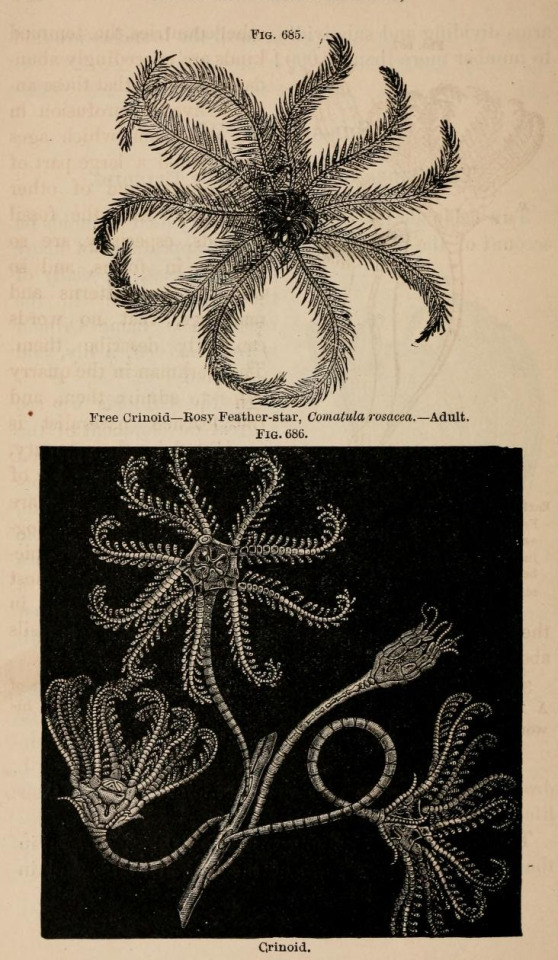
Elements of Zoölogy: A Text-book. Written by Sanborn Tenney. 1875.
Internet Archive
222 notes
·
View notes
Photo
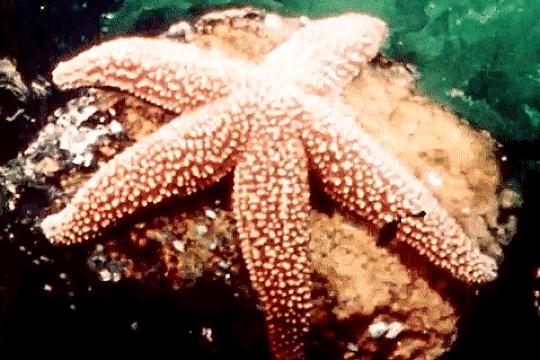
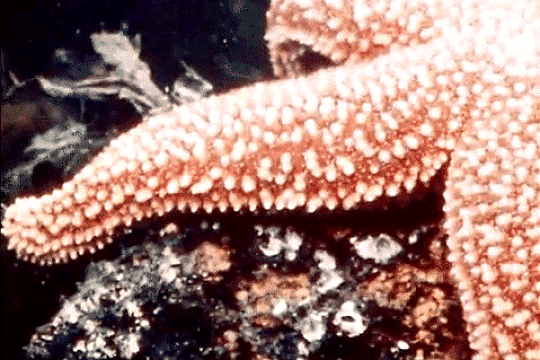

ECHINODERMS: SEA STARS & THEIR RELATIVES [1987]
106 notes
·
View notes
Text
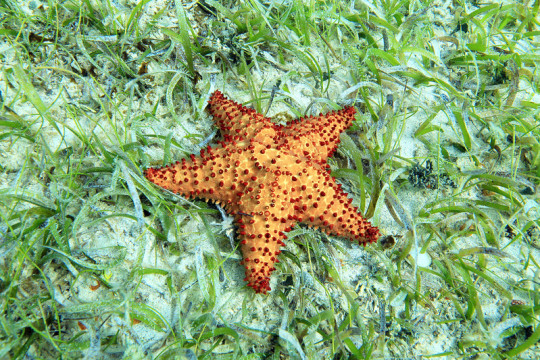
A red cushion sea star (Oreaster reticulatus) in Rendezvous Bay, Saint John, Virgin Islands
by Alan Cressler
#red cushion sea star#starfish#echinoderms#oreaster reticulatus#oreaster#Oreasteridae#Valvatida#Asteroidea#echinodermata#wildlife: virgin islands#wildlife: north america
74 notes
·
View notes